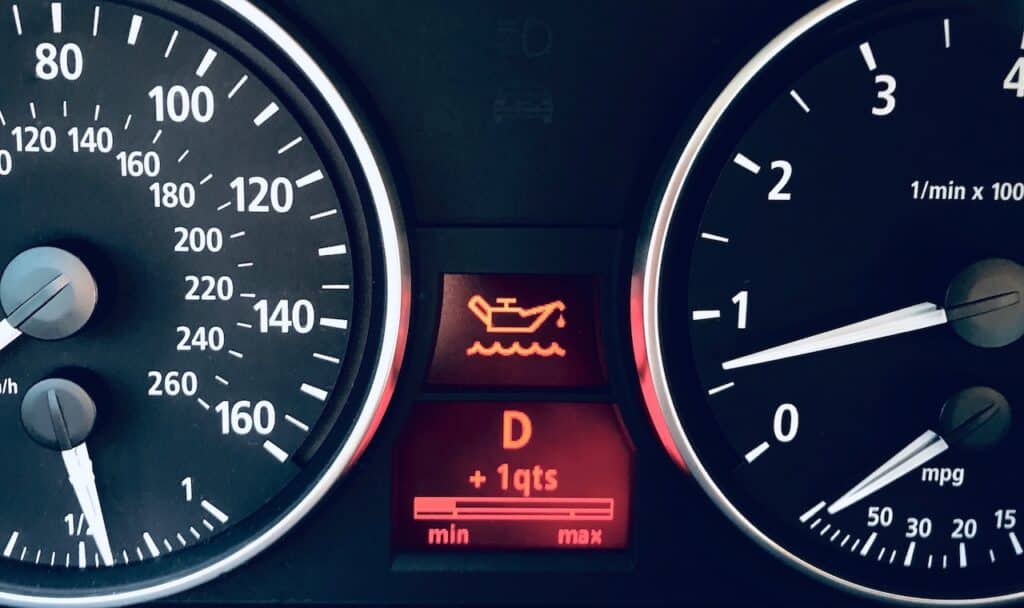Drivers in Utah experienced more than 53,000 collisions in 2020. Some of those collisions could cause car warning indicators to turn on. Getting collision repair from an auto repair shop is essential to make sure you don’t have unexpected problems arrive. Other times, indicators may come on for a reason you can’t explain.
Regardless of whether you’ve been in a collision, you should not ignore the following five car warning indicators.
Check Oil Light
The oil light looks like an oil can with a drop of oil coming out of the end. It usually turns on when your vehicle has low oil pressure or low oil volume. Ideally, keep a log of how often you get your oil changed. Many service stations will put a sticker on your windshield showing when you had your last oil change.
In most cases, the oil light comes on because you forget to get your oil changed in time. The light can also mean that you have an oil leak that causes low pressure.
You cannot ignore low oil pressure or volume. Without the right amount of oil flowing through the engine, the cylinders could get so hot that they stop working. Replacing the engine is the only way to solve that problem.
Coolant Warning Light
The coolant warning light looks like a thermometer floating in wavy water. It comes on when your engine doesn’t have enough coolant to maintain the correct temperature. Check the coolant level as soon as possible. Without the right amount, your car will overheat.
If the coolant light comes on shortly after you fill the reservoir, you probably have a leak. Take your vehicle to an auto repair shop for service.
Airbag Warning Light
The airbag warning light usually looks like a ball floating above a seated person’s lap. It comes on when your vehicle’s computer detects that the airbag might not deploy during a collision. The light can also indicate problems with a seat belt.
Don’t take risks with a broken airbag or seat belt. They can’t save your life when they don’t work correctly.
Low Tire Pressure Light
The low tire pressure light usually looks like an exclamation point inside of a warped circle. It will come on when a sensor detects that one or more of your tires doesn’t have enough air. Some cars will tell you which tire has low pressure. The light might even tell you the current tire pressure, which can change depending on the temperature outside.
When you see the tire pressure light, check each tire with a tire pressure gauge. Your owner’s manual should tell you the appropriate PSI (pounds per square inch) for your vehicle. Low pressure can make it difficult for you to control your vehicle, especially on wet or icy roads. Low pressure can also put additional wear and tear on your tires, which means you will need to replace the tires more often than usual.
Check Engine Light
The check engine light looks like a warped square that slants down on the right side. It often has the words “check engine” to help you know what the light means. It can come on for so many reasons that many people choose to ignore it. Ignoring the light could lead to thousands of dollars in damage.
When in doubt, have an auto repair shop use a diagnostic meter to learn why the light comes on. Possible reasons include:
- A faulty oxygen sensor that cannot determine how much oxygen to mix into your fuel, which could lead to other malfunctions.
- A malfunctioning mass airflow sensor, which causes similar problems as a faulty oxygen sensor.
- Worn spark plugs that need replacements.
- A loose gas cap that prevents the exhaust system from creating the correct amount of pressure.

